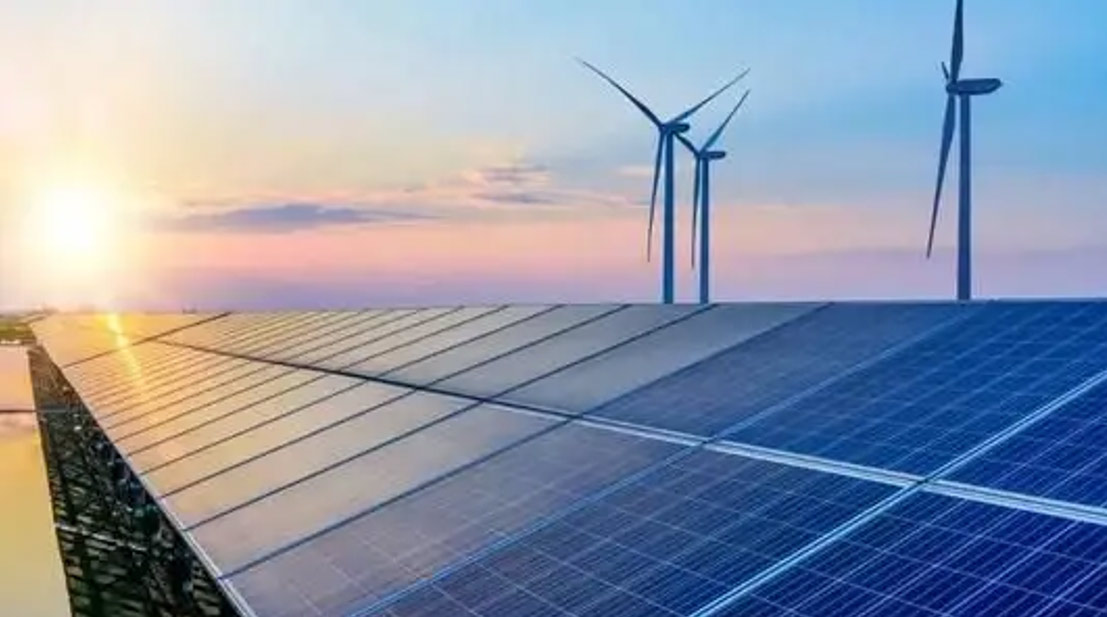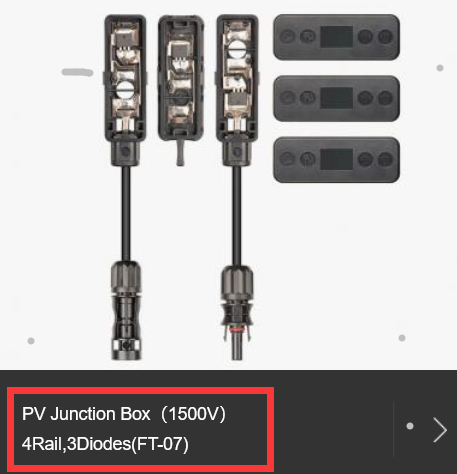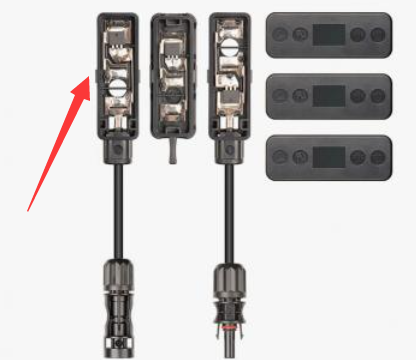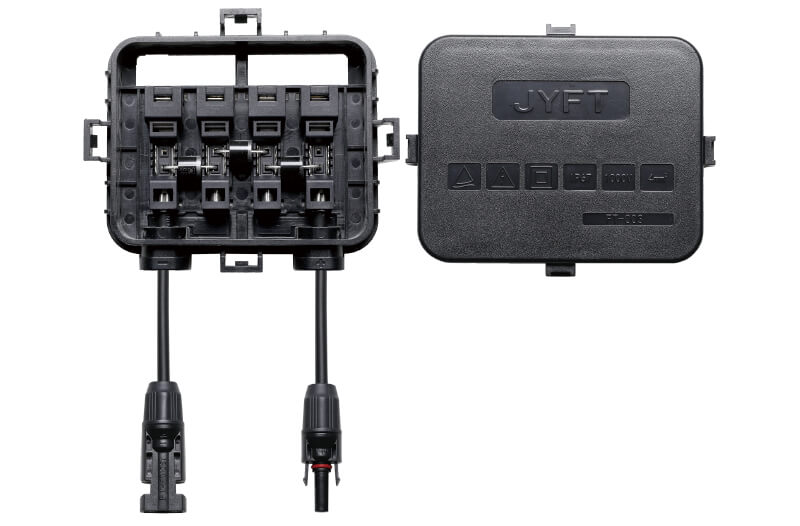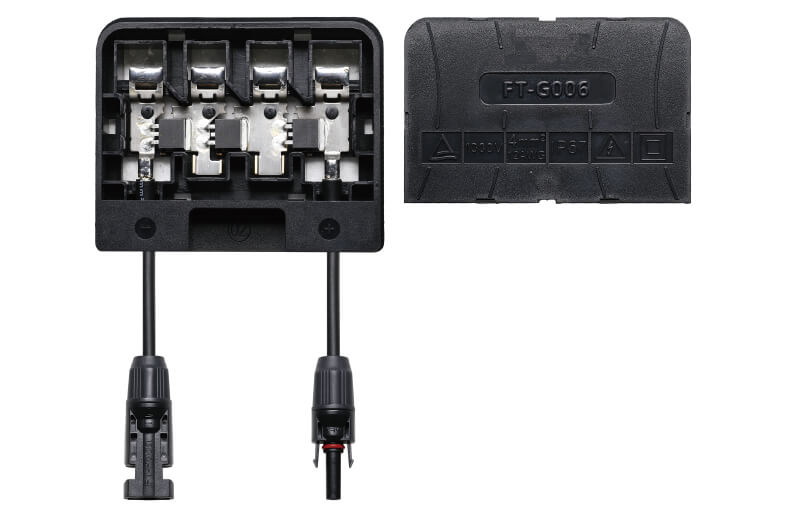Joint research on TOPCon technology, PEALD blessing, efficiency improved
27/10/2022Joint research on TOPCon technology, PEALD blessing, efficiency improved
Researchers from China, Australia, and Singapore recently announced that they used a tubular industrial plasma-assisted atomic layer deposition (PEALD) method to make a TOPCon module with 60 cells, with a maximum conversion efficiency of 22.8% and a power of 613W.
The study, titled "New Industrial Tubular PEALD Technology Achieves Controlled Tunneling Oxide Atomic Size and >24% Efficiency in Commercial TOPCon Cells", was published in the journal Photovoltaic Advances.
Scientists from Nantong University in China, the Institute of Materials Research and Engineering in Singapore and the University of New South Wales in Australia, Tongwei, a Chinese solar cell manufacturer, and a well-known Chinese module manufacturer collaborated on the experiment.
Scientists claim that plasma-assisted atomic layer deposition has the potential to obtain dense tunneling silicon oxide (SIOx) films of better quality at lower cost and in higher yields.
The scientists developed the battery using G1 N-type silicon wafers (170 μm thick, 440.96 square centimeters surface area) on which all films were deposited, while the films in the battery were initially heated at 200 degrees Celsius for 25 seconds.
Using an enhanced plasma chemical vapor deposition method, the team designed in-situ doped polysilicon (n+) layers and deposited about 1.3nm, uniform ultra-thin oxides at the crystalline silicon (Si) or SiOx or polysilicon (n+) interfaces silicon layer.
During the whole process, the scientists kept the tunnel oxide thickness at 2.4 Å, illustrating the importance of controlling the tunnel oxide thickness at the atomic level for TOPCon solar cells.
The experiments yielded an extremely low recombination current density of 2.8 fA/cm2 and an implied open circuit voltage as high as 759 mV.
When tested in direct sunlight under standard lighting conditions, the efficiency and open circuit voltage of this industrial TOPCon solar cell were as high as 24.2% and 710 mV, respectively.
The researchers claim that PEALD can also mass-produce TOPCon solar cells and improve cell conversion efficiency.
For the past decade, researchers have been working to develop atomic layer deposition, a nanoscale fabrication technique that can be used to design and study electronic devices.
Emerging technological innovations such as the Internet of Things (IoT) and quantum computing have also created space for plasma-assisted atomic layer deposition, which enables area-selective deposition, controlled growth of two-dimensional materials, and atomic layer etching.
In September, the Fraunhofer Institute for Solar Energy Systems conducted a proof-of-concept for the development of an innovative production line for silicon solar cells with a capacity of 15,000-20,000 cells per hour, which is double the conventional one. The institute is a combination of plant manufacturers, meteorological companies and research institutes.
Research into various solar cell technologies is being vigorously accelerated globally, with a focus on improving efficiency.
In April, the U.S. Department of Energy announced the launch of the Cadmium Telluride (CdTe) Accelerator Consortium, a $20 million program aimed at rapidly reducing the cost of cadmium telluride photovoltaic technology, which is second only to silicon in global use.
